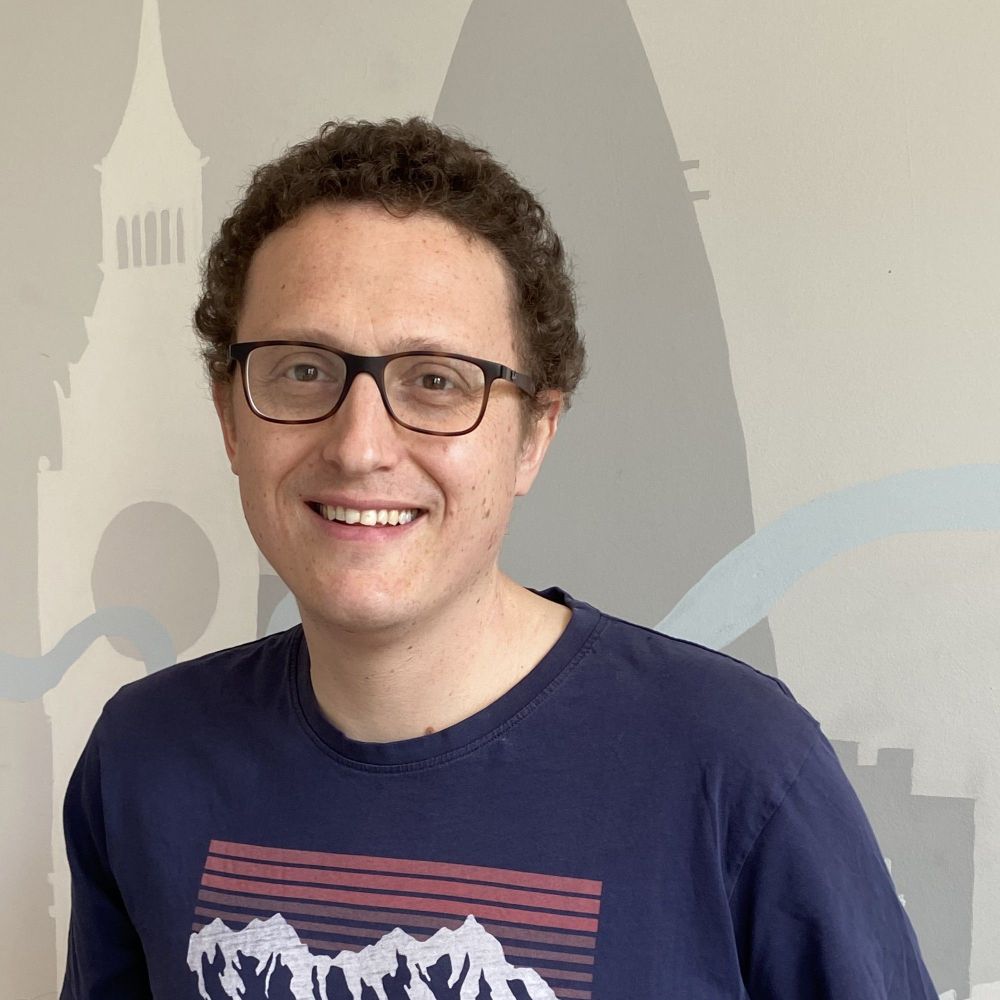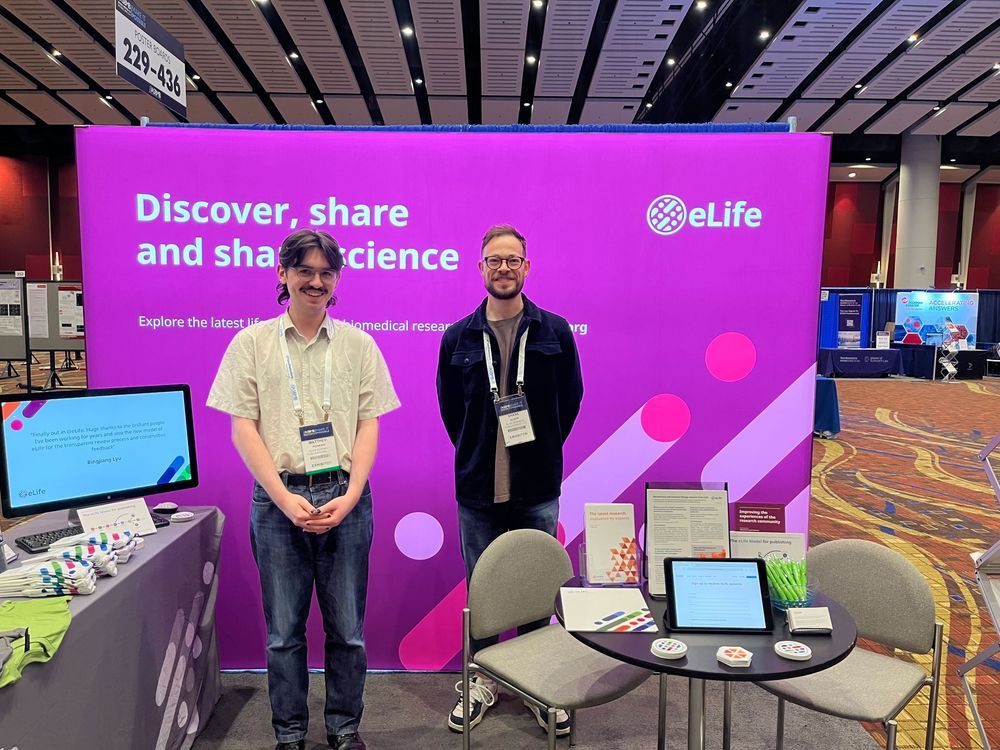Reposted by: Peter Rodgers
Click Automated Services in the dashboard to view these. We welcome feedback. connect.biorxiv.org/news/2023/11...

Reposted by: Peter Rodgers
Reposted by: Peter Rodgers

Reposted by: Peter Rodgers

Reposted by: Peter Rodgers
For a course I teach, I am collecting papers on: cell/dev bio, microbio, neuro, maths/stats/CS/chem/phys applied to biology.
🧪
1/2
Reposted by: Peter Rodgers
link.springer.com/collections/...
Reposted by: Peter Rodgers
Fara Dabhoiwala on uncovering the secret of the 18th-century portrait of a Jamaican scholar and businessman:
www.lrb.co.uk/the-paper/v4...

Reposted by: Peter Rodgers
Join us on 21 Nov at #AIMOS2024 or online on 26 Nov for the launch of MetaROR - an open platform by RoRI & AIMOS making reviews visible & reusable.
More info: researchonresearch.org/metaror-laun...

Reposted by: Peter Rodgers

Reposted by: Peter Rodgers

Reposted by: Peter Rodgers
A distinguished neuroscientist and long-time supporter, Tim will lead our efforts in transforming research communication for all.

Reposted by: Peter Rodgers, Mathias Schmidt
Reposted by: Peter Rodgers

Reposted by: Peter Rodgers
www.nature.com/articles/d41...

Reposted by: Peter Rodgers
By @blekhman.bsky.social
“Make no mistake: this is not just bad for science – it is bad for America.“
elifesciences.org/articles/106...

Reposted by: Peter Rodgers
“It is clear that scientific communication by scientists, universities, and research societies must drastically improve.”
elifesciences.org/articles/106...

Reposted by: Peter Rodgers
elifesciences.org/articles/106...

Reposted by: Peter Rodgers
Reposted by: Peter Rodgers
Thank you @drpeterrodgers.bsky.social @elife.bsky.social @elifecommunity.bsky.social
for giving us a space to share our voices & fears.

Reposted by: Peter Rodgers
As Nick Gilpin writes, at the core of these cuts is one question: Is it a worthwhile investment for the US taxpayer?
buff.ly/qJ8axNe

Reposted by: Peter Rodgers
buff.ly/udqoZI5

Reposted by: Peter Rodgers
buff.ly/aLkxKhC

Reposted by: Peter Rodgers
https://go.nature.com/4iUOjqL

Reposted by: Peter Rodgers
doi.org/10.1101/2025...

And you you cannot wait until then . . . .
elifesciences.org/interviews/3...
Reposted by: Peter Rodgers
At the stand, you'll find friendly faces Shane Alsop and Matthew Perkins, plus some exclusive eLife goodies. We hope to see you there!

Reposted by: Peter Rodgers
elifesciences.org/articles/105...

Bottom line: replication rates varied between 15 and 45%
For these experiments, replication rates varied between 15 and 45% (according to 5 predefined criteria)
@elife.bsky.social article from 2019 about the initiative: elifesciences.org/articles/41602


